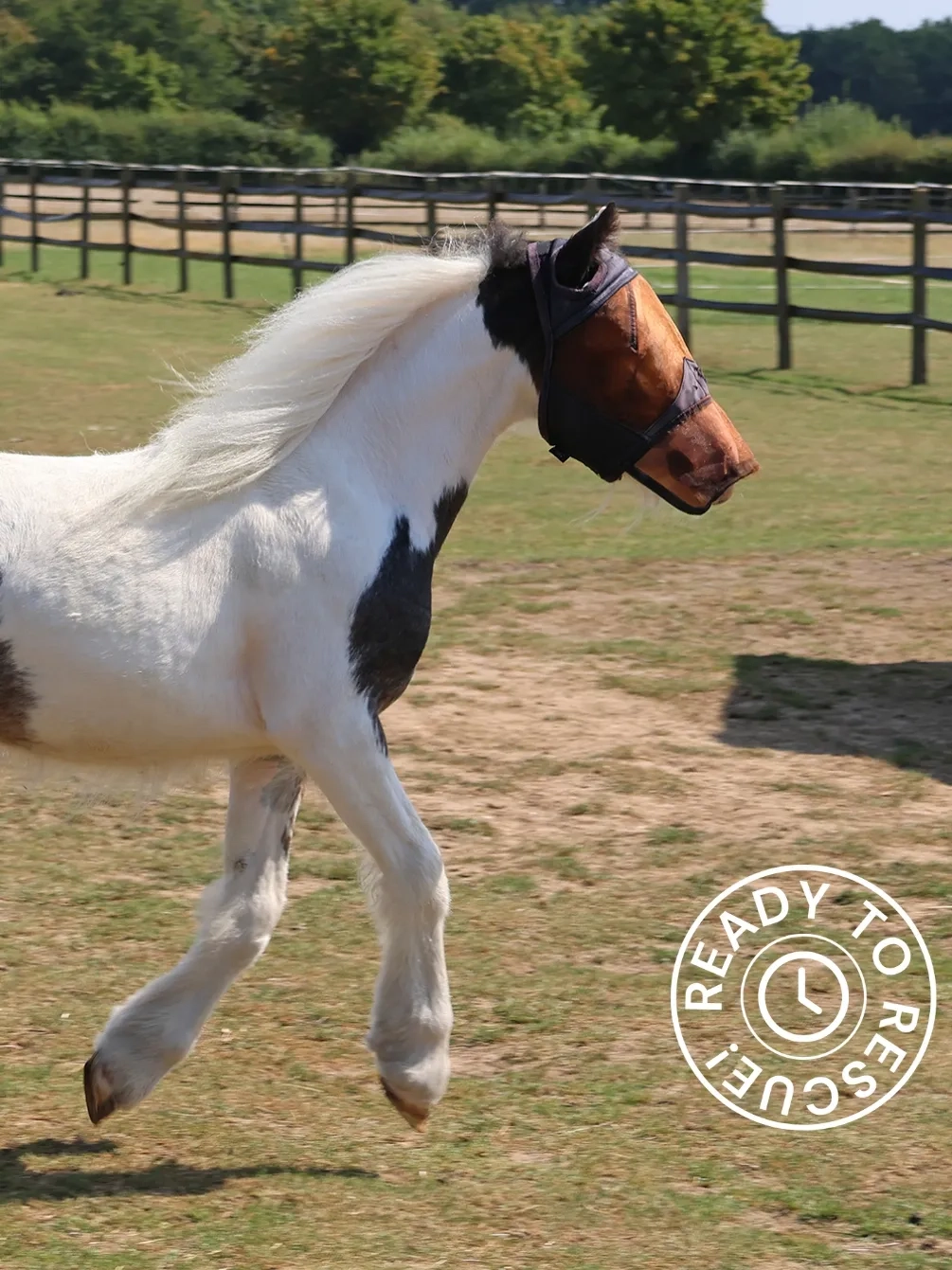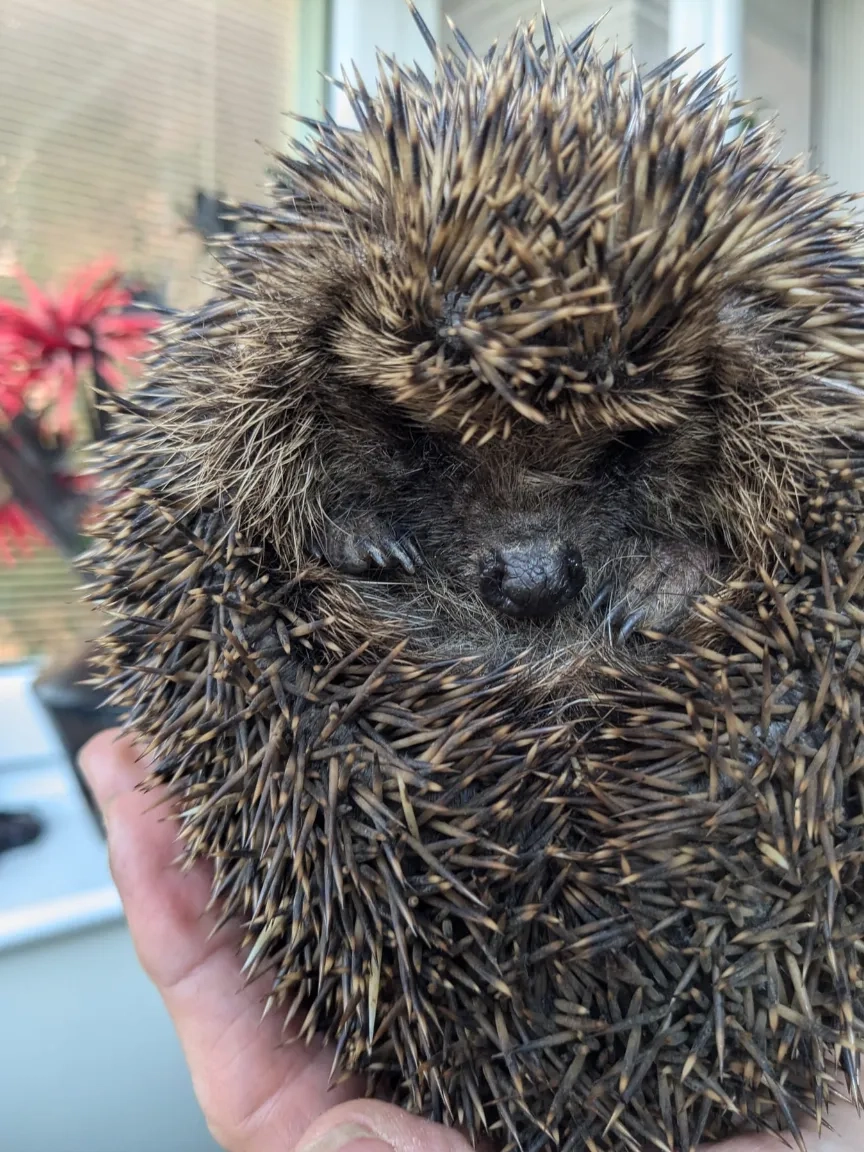01 September 2019

Have you ever had problems persuading a horse to load on a trailer or lorry? If you have then you’re definitely not alone. It’s one of the most common handling issues horse owners face, but it’s also one that makes a lot of sense when we consider how horses think and feel.
For a fresh look at understanding and solving loading issues, take a look at our new film! It was recorded at our free evening seminar for horse owners at Redwings Aylsham in July 2019.
At the event, Equine Behaviour Manager Sarah Hallsworth shared some key insights that can help us understand why a horse may be fearful or anxious about loading. Sarah then talked the audience through a loading training demonstration with rescued resident Kirby.
Watch the film here:
Showing how powerful positive reinforcement – in this case clicker training – can be, the film shows Kirby being trained ‘at liberty’, without the use of any head collar, leadrope or other means of applying physical pressure. This means that Kirby is always completely free to step away from a person or object at any time, helping keep her as relaxed as possible.
Working with a horse at liberty is only one training option, and clicker training can also be used with a horse in a headcollar. But showing that completely voluntary engagement from a horse is possible can help us recognise that offering choice - rather than using relying on pressure – ensures we know the horse is ok with what we are asking of him.
Once a horse has become fearful of a situation or object, the fear is never forgotten. So although training can help establish new patterns of behaviour, reversion is always a possibility. Where possible, we need to use good training to ensure that, as far as possible, the horse doesn’t develop fear, anxiety or uncertainty in the first place.
The advice in this film is not exhaustive and we recommend seeking the advice of a trained behaviourist to help you with any loading problems. The earlier you identify reluctance and resolve it, the more likely you are to avoid bigger and more dangerous behaviours in the future.
For more information on using positive reinforcement in training, click here
To receive notifications about other horse care information, publications and events, click here

Redwings Press Office
Find out more about Redwings Press Office



